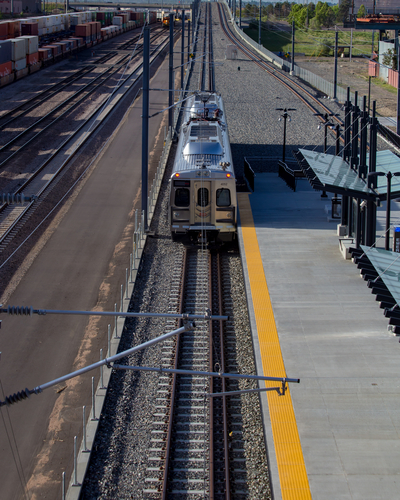
The Federal Transit Administration (FTA) recently published details about the formula funding used to help communities maintain and operate trains, buses, and ferries.
A total of $14 billion will be invested in 2023 in states and transit agencies. Funding will be used to plan and design new transit corridors, provide specialized services for seniors and riders with disabilities, transition to next-generation buses, improve public transportation, and meet local goals such as upgrading stations and tracks.
The FTA annually distributes $21 billion to transit agencies. More than 65 percent of this funding is from congressionally assigned formulas. Congress sets formulas based on population and transit ridership data.
The Bipartisan Infrastructure Law increased this year’s funding by 28 percent and represents the largest annual investment in public transportation.
“This funding will open more doors to Americans than ever before,” FTA Administrator Nuria Fernandez said. “Transit formula funding provides a lifeline for communities, and this record level of support will help create jobs, provide mobility to more people, and address the climate crisis.”
In the United States, at least 28 million people are transit-dependent and rely on buses, ferries, and trains to get around in their communities. Others choose transit to reduce their carbon footprint.